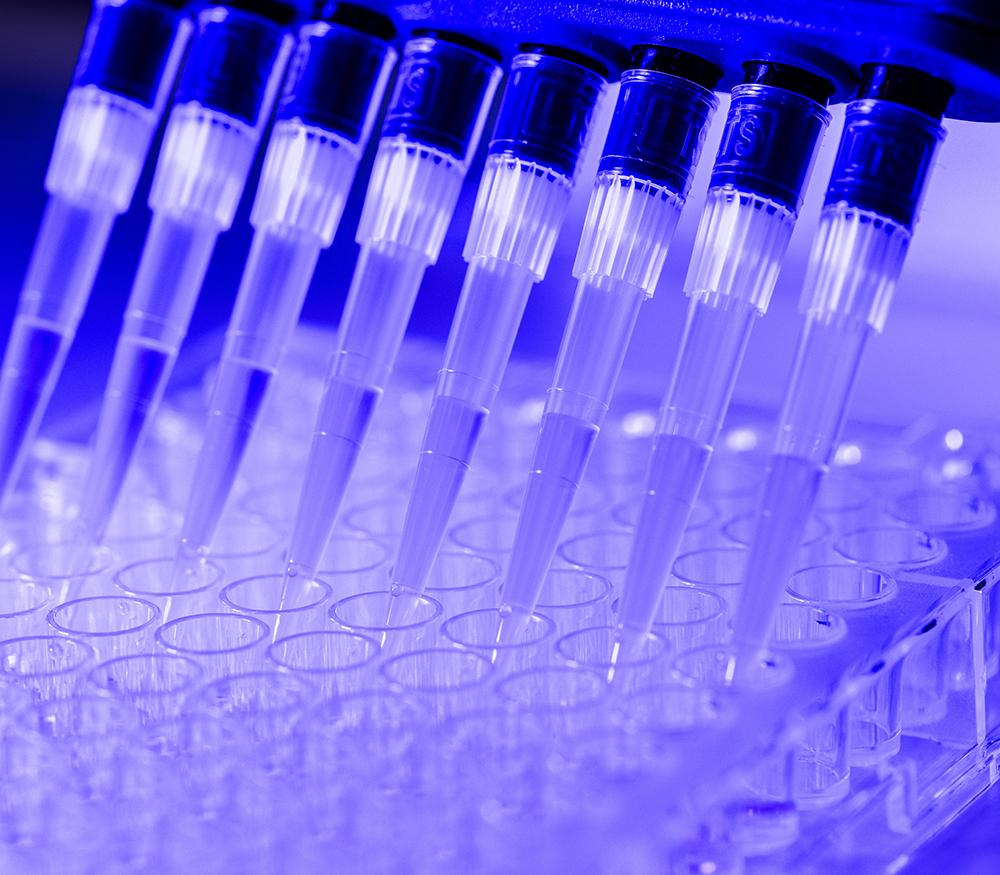Target Identification and Validation are critical early stages in the drug discovery process.
First, a potential biological target, such as a gene, protein, or pathway, is identified and assessed. Then, validation experiments determine whether modulating that target delivers a biological effect consistent with the therapeutic hypothesis.
Early-stage validation strengthens confidence, reduces clinical risk, and increases success rates across the drug discovery pipeline.
Many costly failures in the drug discovery process are linked to insufficient validation at this stage.

We take a data-driven approach that supports early decision-making and de-risks the drug discovery process. By combining therapeutic expertise with state-of-the-art platforms, we help uncover and validate the right targets with confidence. We support partners through:
We take a comprehensive and flexible approach to target identification and validation. By combining therapeutic insight with an advanced suite of technologies, we help to strengthen early-stage decision-making and reduce risk across the drug discovery pipeline.
Our translational lab platforms, focused on analysis of human tissue and human cell models with advanced analytical technologies, allow us to validate targets and build clear line-of-sight to clinical translation.

“A high-quality Target Identification and Validation package is the foundation of effective drug discovery, ensuring that every project decision is backed by evidence, helping innovators move forward with clarity, confidence and clinical focus.”
Dr Martin Main, Chief Scientific Officer

We can help you to identify and validate your targets to begin your drug discovery process and answer your most important questions.
Fill in the form today and speak to us to see how we can help advance your drug discovery project.